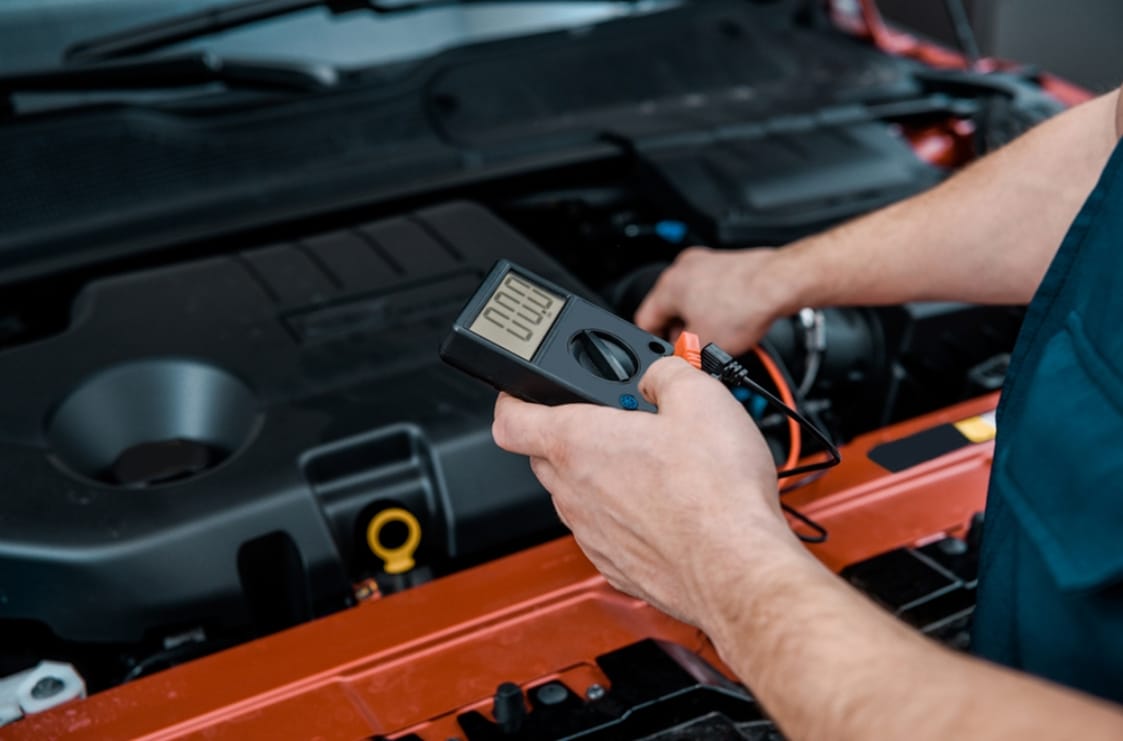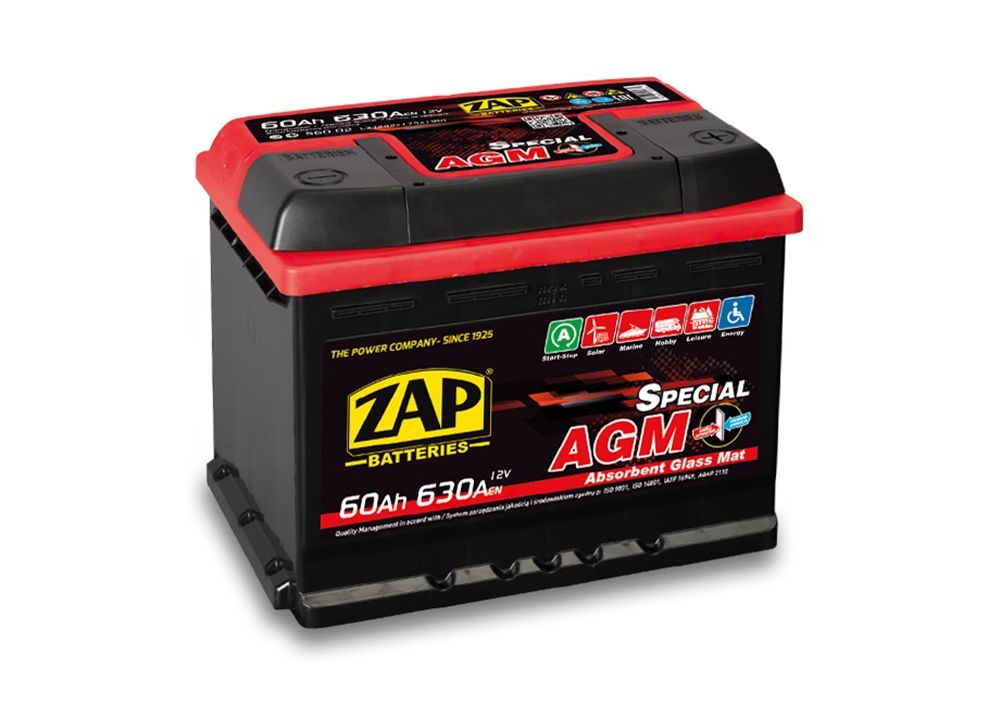AGM BATTERIES – USAGE INSTRUCTIONS
2 października 2022
Lead – acid batteries manufactured with AGM technology do not contain liquid electrolyte, but have it absorbed into the active material, envelopes and separators, and due to that:
AGM BATTERIES – USAGE INSTRUCTIONS
Lead – acid batteries manufactured with AGM technology do not contain liquid electrolyte, but have it absorbed into the active material, envelopes and separators, and due to that:
- Do not require topping up of the electrolyte throughout the entire lifetime of a battery
- Might be used in a random spatial orientation without risking a leak of the acid – those batteries are non-spillable
- Battery’s state of charge can only be checked by controlling the SEM voltage at the terminals.
Installation of the battery in the vehicle
Before attempting to replace the battery in your vehicle, one shall turn the ignition off, as well as all the other power equipment and accessories requiring electrical power for functioning. Battery replacement shall be done in accordance with the following points:
- Disconnect the old battery – First, take the clamp off the minus terminal, then the clamp off the battery positive terminal. Unscrew the battery mounting plate and take the old battery out. Before putting the new battery in, make sure that the terminal clamps are clean. The connecting surface between a clamp and the terminal must be cleaned if contaminated.
- New battery shall be installed in the vehicle in a manner and place described by the manufacturer of a given vehicle. Clamp the battery down with a mounting plate provided by the vehicle manufacturer. Subsequently connect the positive clamp to the positive battery terminal, then the negative clamp to the negative terminal in a way that ensures the full contact between the two on the entirety of the clamp’s internal surface.
- After finishing the montage, cover the clamps and terminals with technical vaseline
Usage rules:
- Control the state of charge of the battery regularly by measuring the SEM voltage at the battery terminals (the engine and auxiliaries switched off, after at least 24h of rest period). Minimal acceptable battery voltage is 12,6V
- Charge voltage measured on the battery terminals shall be in a range of 14,0 – 14,4V for a 12V installation, no matter the engine rpm’s or the accessories being switched on.
- In case of urban exploitation cycle, repeated use of external lights or additional electrical devices plugged into the vehicle’s electrical installation, the state of charge shall be checked more frequently, and, if necessary, recharged from external power sources.
- Battery shall be exploited and stored in a state of full charge (SEM voltage>12,6V). If the vehicle or device is about to be not used for a period equal or exceeding a month, the battery should be disconnected from the aforementioned vehicle or device.
- The battery requires immediate charging (see “Battery charging” part) if: the resting voltage (SEM) measured at the terminals falls below 12,5V or the final battery voltage under load during discharge falls below 10,5V. Letting the battery stay in a discharged state causes irreversible oxidation damage of the battery plates’ active material.
- Do not start up the vehicle with a “push start” or by pulling with another vehicle whilst the battery is completely discharged. Starting up a vehicle this way with a battery in circuit may lead to its complete destruction due to the charging current being multiple times over the permissible limit at such a low voltage present in the battery.
- Avoid external circuit shorts at all costs!
- Keep the battery as well as its terminals and clamps in clean condition.
Battery Charging:
Charge the battery only from a dedicated charger / rectifier with a constant voltage characteristic, limiting the charging current to 0,1C (A).
- Uninstall the battery from the vehicle according to the previous instructions.
- Connect the positive charger cable to the battery positive terminal, then the negative (black) cable from the charger to the battery negative terminal.
- Turn the charger on and set the correct charging voltage (14,4V+-0.1V) and maximal charging current (max 0,1C).
- Charging time depends on the battery state of charge, and may vary between 16 to 24 hours. In the final stage of the charging process, the current shall stabilize around 1A – 2A.
- After the charging is done, the battery should be installed back in the vehicle.



